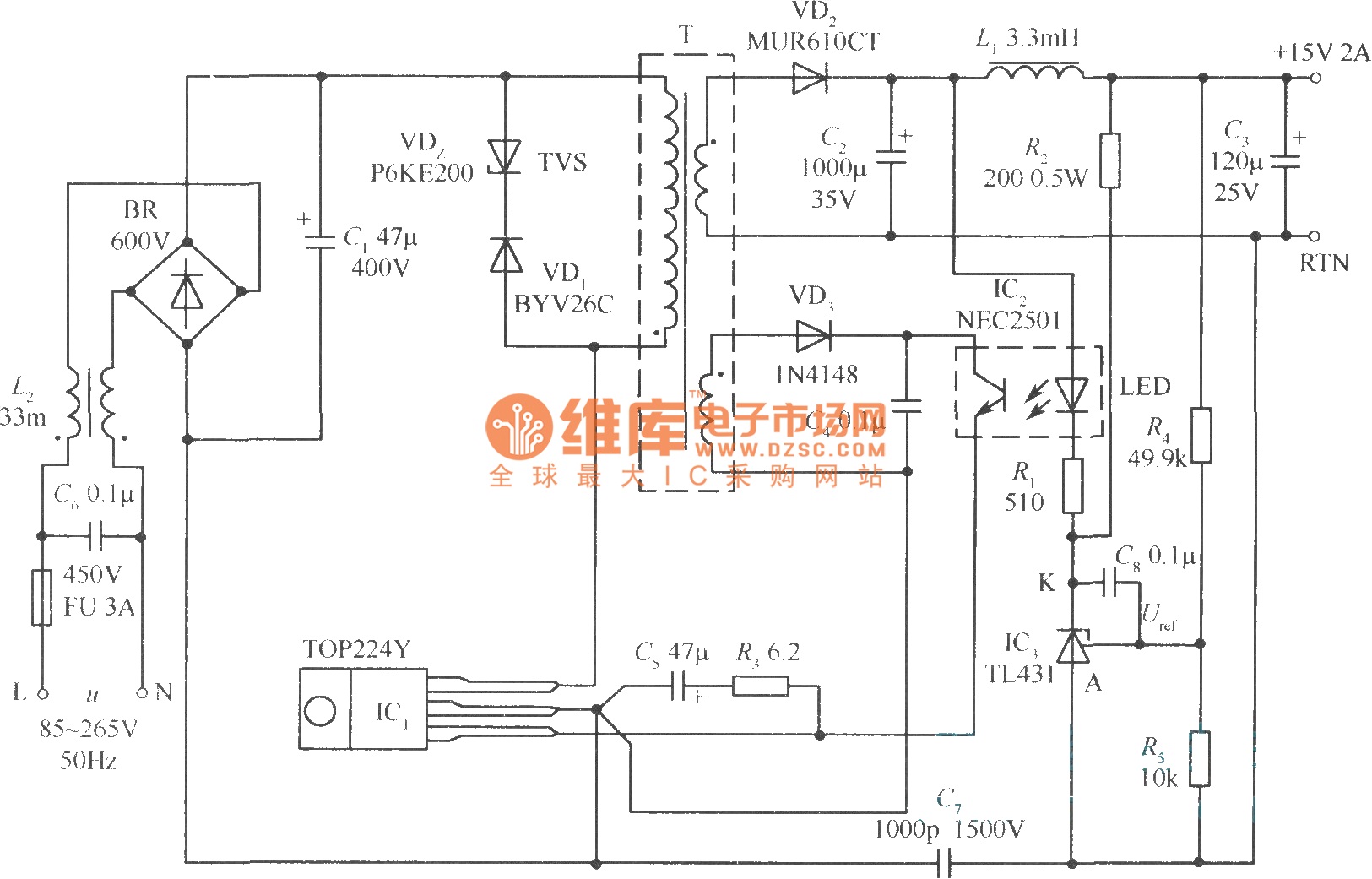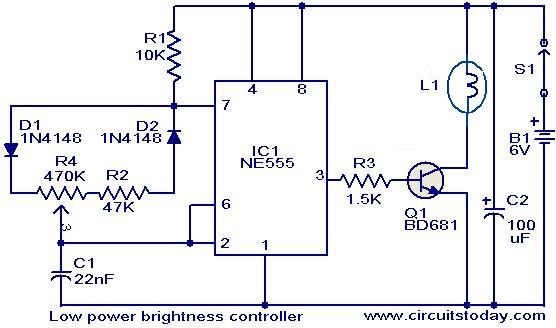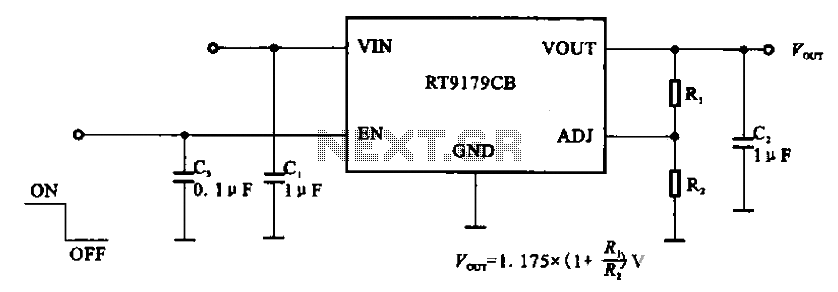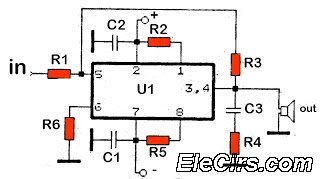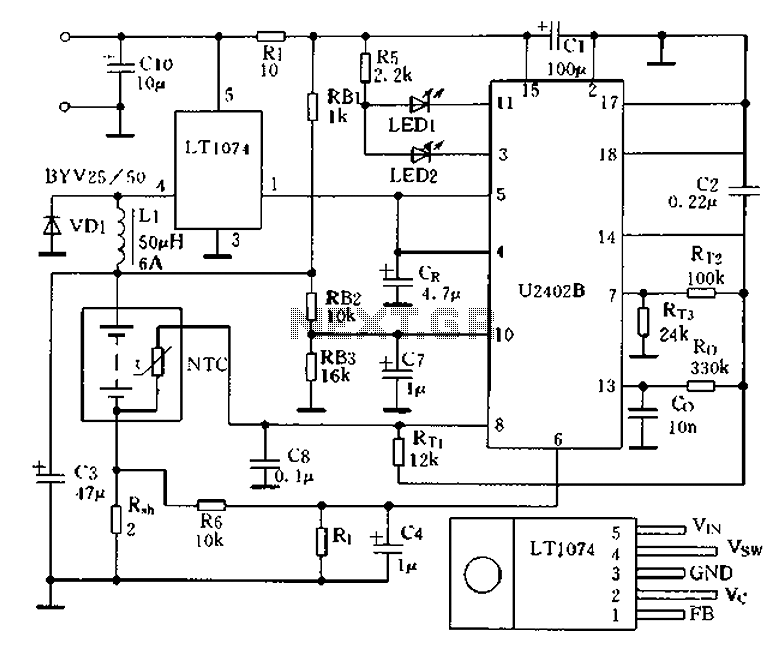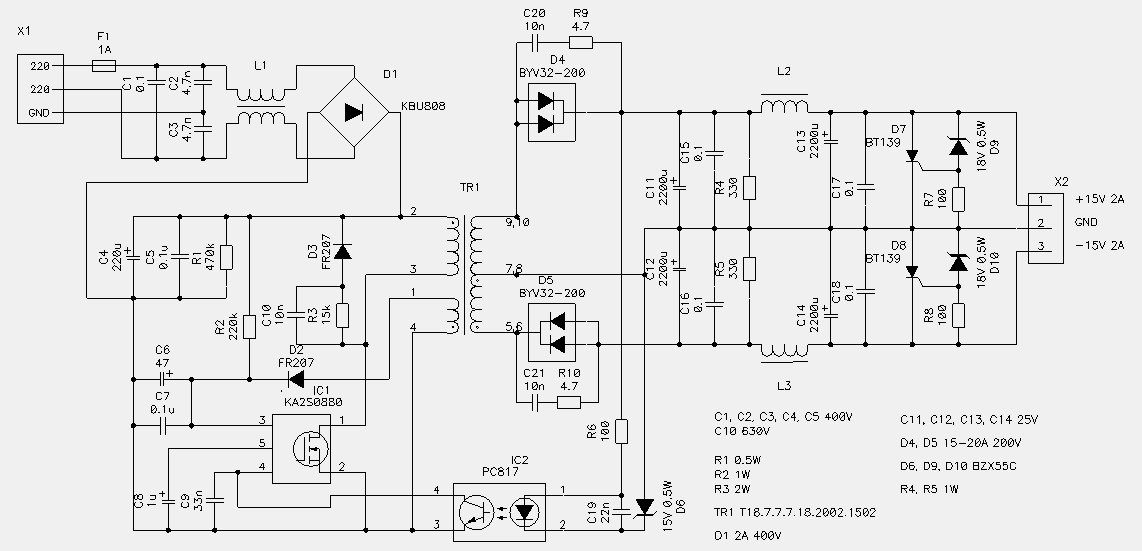
Isolated Power Supplies for Telecom Applications
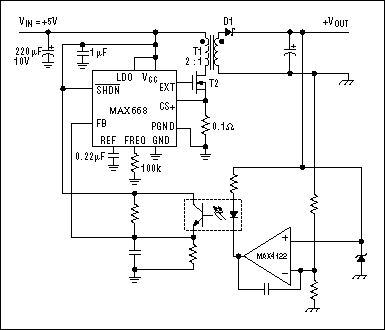
Utilizing a low-cost high-side precision current monitor to prevent excessive load currents from damaging power supplies.
The implementation of a high-side precision current monitor is an effective strategy for protecting power supplies from excessive load currents. This type of current monitoring device is positioned between the power supply and the load, allowing for accurate measurement of the current flowing to the load while maintaining a high-side connection.
The circuit typically consists of a precision current sensing resistor, which is placed in series with the load. The voltage drop across this resistor, proportional to the load current, is monitored by the current sense amplifier. The amplifier outputs a corresponding voltage signal that can be utilized for further processing or control actions.
In addition, the current monitor can be integrated with a microcontroller or a dedicated protection circuit that can interpret the output signal. If the monitored current exceeds a predetermined threshold, the system can activate protective measures such as shutting down the load or triggering an alarm.
The advantages of using a low-cost high-side precision current monitor include enhanced safety, improved reliability of the power supply, and the ability to prevent damage to sensitive components. This approach is particularly beneficial in applications where load currents can fluctuate significantly, requiring real-time monitoring and response to protect the overall system integrity.
Design considerations for this circuit include selecting an appropriate current sensing resistor value to minimize power loss while ensuring accurate current measurement, as well as ensuring that the current monitor can handle the maximum expected load current without saturating. Additionally, proper layout techniques should be employed to minimize noise and interference in the measurement signal, ensuring accurate and reliable operation.Using a low-cost high-side precision current monitor to prevent excessive load currents from damaging power supplies.. 🔗 External reference
The implementation of a high-side precision current monitor is an effective strategy for protecting power supplies from excessive load currents. This type of current monitoring device is positioned between the power supply and the load, allowing for accurate measurement of the current flowing to the load while maintaining a high-side connection.
The circuit typically consists of a precision current sensing resistor, which is placed in series with the load. The voltage drop across this resistor, proportional to the load current, is monitored by the current sense amplifier. The amplifier outputs a corresponding voltage signal that can be utilized for further processing or control actions.
In addition, the current monitor can be integrated with a microcontroller or a dedicated protection circuit that can interpret the output signal. If the monitored current exceeds a predetermined threshold, the system can activate protective measures such as shutting down the load or triggering an alarm.
The advantages of using a low-cost high-side precision current monitor include enhanced safety, improved reliability of the power supply, and the ability to prevent damage to sensitive components. This approach is particularly beneficial in applications where load currents can fluctuate significantly, requiring real-time monitoring and response to protect the overall system integrity.
Design considerations for this circuit include selecting an appropriate current sensing resistor value to minimize power loss while ensuring accurate current measurement, as well as ensuring that the current monitor can handle the maximum expected load current without saturating. Additionally, proper layout techniques should be employed to minimize noise and interference in the measurement signal, ensuring accurate and reliable operation.Using a low-cost high-side precision current monitor to prevent excessive load currents from damaging power supplies.. 🔗 External reference
